Few dishes capture the essence of American comfort food quite like macaroni and cheese. Creamy, golden, bubbling from the oven, it is both simple and deeply satisfying the kind of meal that brings back childhood memories while also holding a place of pride at holiday feasts and family gatherings. Though it feels quintessentially American, its
Few dishes capture the essence of American comfort food quite like macaroni and cheese. Creamy, golden, bubbling from the oven, it is both simple and deeply satisfying the kind of meal that brings back childhood memories while also holding a place of pride at holiday feasts and family gatherings. Though it feels quintessentially American, its journey began centuries ago and crossed oceans before becoming the beloved dish we know today. The earliest versions of macaroni and cheese trace back to European recipes pasta layered with cheese and butter, baked until crisp. But it was Thomas Jefferson who gave the dish its American identity. During his travels to France in the late 1700s, Jefferson fell in love with pasta dishes served in elegant Parisian homes. He brought pasta machines, recipes, and even wheels of Parmesan back to Monticello. In 1802, Jefferson served “macaroni pie” at a state dinner, introducing it to American political life. Though it was initially considered a luxury for the wealthy, the recipe trickled into cookbooks during the 19th century, where it slowly gained popularity among everyday families. By the late 1800s, it was appearing on Southern tables as a baked casserole, earning its place as a Sunday dinner staple. The Great Depression forever changed macaroni and cheese. In 1937, Kraft introduced its boxed version an affordable, easy-to-make meal that promised to feed a family for pennies. At a time when food budgets were tight, it was a lifesaver. During World War II, rationing made cheese and fresh milk scarce, but Kraft’s powdered cheese packet kept the dish alive for soldiers and families back home. By the 1950s and 60s, boxed mac and cheese had become a pantry staple, while homemade baked versions remained a point of pride in family kitchens. From church potlucks to cafeteria trays, mac and cheese became a dish that united generations economical, beloved, and endlessly adaptable.
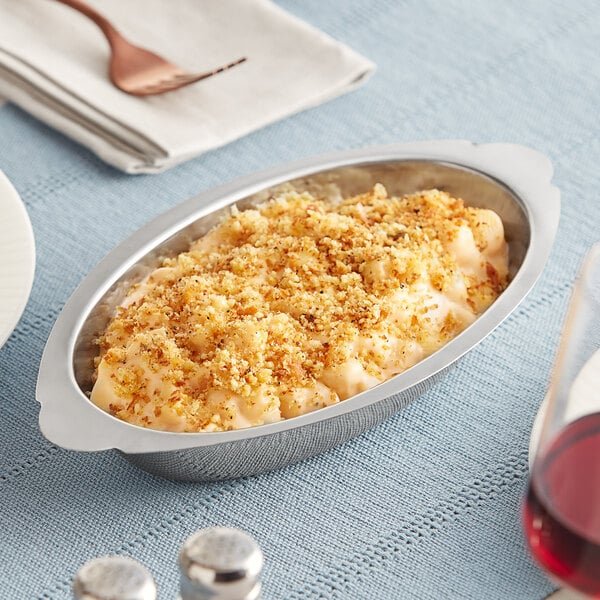
Classic Baked Mac and Cheese Recipe
Ingredients
- 1 lb elbow macaroni
- 4 tbsp butter
- 4 tbsp all-purpose flour
- 4 cups milk
- 2 cups sharp cheddar cheese (shredded)
- 1 cup Gruyère or mozzarella (optional, for extra creaminess)
- 1 tsp salt
- ½ tsp paprika or mustard powder
- 1 cup breadcrumbs (for topping, optional)
Instructions
- Cook pasta: Boil macaroni in salted water until just al dente. Drain and set aside.
- Make cheese sauce: In a saucepan, melt butter. Whisk in flour and cook 1–2 minutes. Slowly whisk in milk until smooth and thickened. Stir in cheese, salt, and paprika until creamy.
- Combine: Stir pasta into cheese sauce. Pour into a greased 9×13-inch baking dish.
- Add topping: Mix breadcrumbs with a tablespoon of melted butter and sprinkle over the top.
- Bake: Bake at 375°F (190°C) for 25–30 minutes, until bubbling and golden.
- Serve: Let cool slightly before serving. Creamy inside, crispy on top the perfect balance.
Macaroni and cheese thrives because it balances nostalgia with possibility. At its simplest, it’s the blue box that kids grow up on. At its richest, it’s a bubbling cast-iron skillet with layers of cheddar, Gruyère, or even lobster folded in. It can be humble or elevated, but it is always comforting. What keeps mac and cheese timeless is not just its taste, but its emotional connection. It’s a food tied to childhood, to holidays, to family traditions. Every spoonful carries the warmth of kitchens past the sound of bubbling pots, the smell of cheese toasting in the oven, the feeling of being cared for.
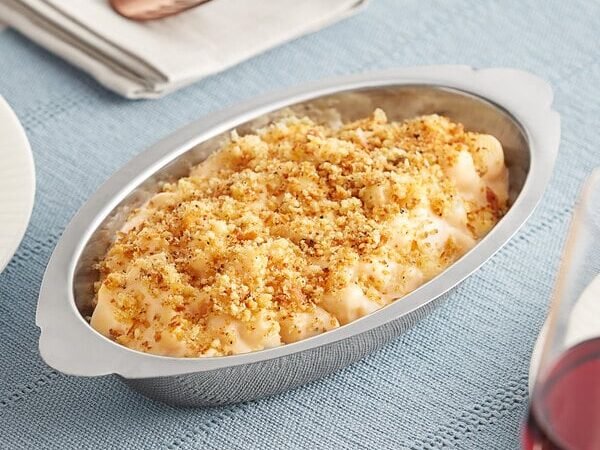

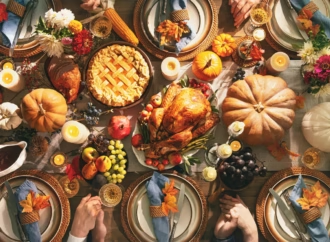
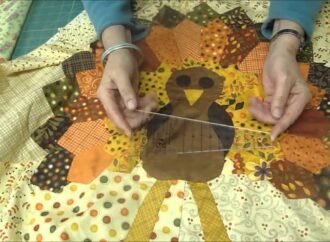
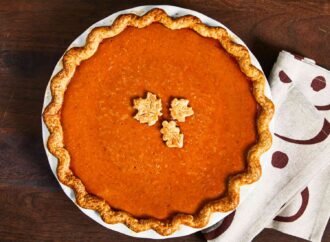


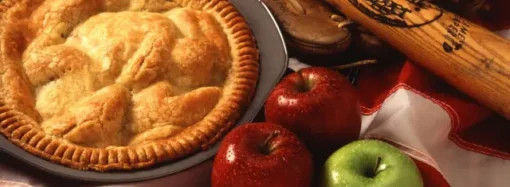









Leave a Comment
Your email address will not be published. Required fields are marked with *